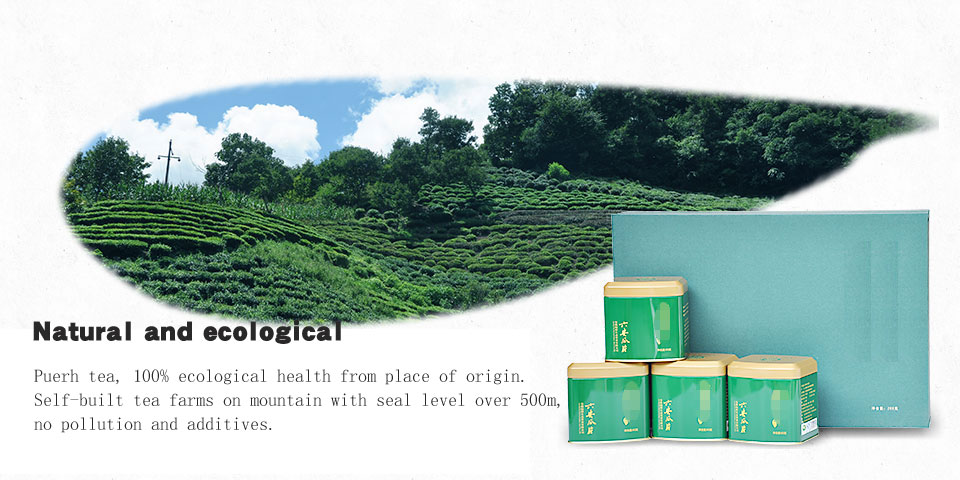Summer dusk, I sit with an old Chinese medicine in the breeze slowly chatting the river. Suddenly, the old man stared at my face for a moment and did not say anything. I was his heart to see some hair, asked: “The elderly, you are so concerned about my face, is not something to see ah?In the eyes of peers, pu-erh tea It has good qualities that people covet, and it also has many loyal fans that people envy.
Old man smiled and said: “I am from primary school medicine, the teacher told me again and again, ‘people peace of mind level, see the eyes; life span, look at the face’ medical life, develop habits, and Oh, and people Together, they always want to look at his face more glances.
I said: “The elderly, all know that the eyes are the soul of the window, the first sentence I can understand, you can say ‘life span, look at the face’, I am a little puzzled.Human life, how to write in the face What about it? “
If a person is always sad intestine knot, mood melancholy, over-thinking, suspicious of the old man said: \ look at the face, in fact, I look at his face two, one eyebrow, Indecisive, can not see the hope of life and the good life, then, between the eyebrow must form a deep ‘eight’ pattern.’8 ‘pattern, is caused by squeezing distortion, Yin is too strong, the mood Difficult to cool, it will stagnate in the organs; Jiuyin poisonous, viscera unbearable corrosion, must be made for the disease; sick in the body, is bound to further deteriorate the mood.People once caught in the heart and the destruction of each other malignant disease Circle among the health does not exist, where there will be longevity of the reason? Eyebrow between the ‘eight’ pattern, in fact, cut the knife of life, so my teacher had more than once said to me, ‘brow wrinkled, You must be careful yo. “
The elderly, then let my heart anxious, usually not pay attention to the eyebrow between the ‘eight’ pattern, even with such a large knowledge. I could not help but curiosity driven, and then asked: “That mouth can see what?
A person if the hearty and fun, often laughing more than, the teeth often in the sun, then, in order to make the mouth a little bit, The ‘brackets’ is radian, as if the relative out of the two and a half months, set in the cheek on top of the vivid expression of light from the formation of the reasons we can see, brackets who are really comfortable Because the ‘brackets’ on both sides of the mouth, but also a symbol of the balance of yin and yang, therefore, it is encompassed by the health of the body, the spirit of the sparse, the vitality of life, leisurely and carefree, The music of the state of mind and the endless hope of life in such a life and mental state of the people, you say he can not live longer?
Really listen to Jun words, read the book a decade, my heart is not good fun ah. It turned out that our face, really reveal the mentality of our strengths and weaknesses, the vicissitudes of life and life status and other important information ah. Therefore, we usually still often look in the mirror to see if his face is increasing or deepening: the eyebrow between the “eight” pattern, or the mouth “brackets” it!
![]()

.jpg)

